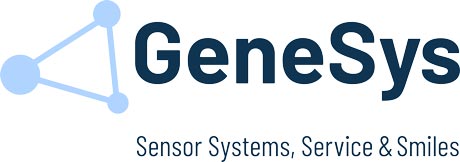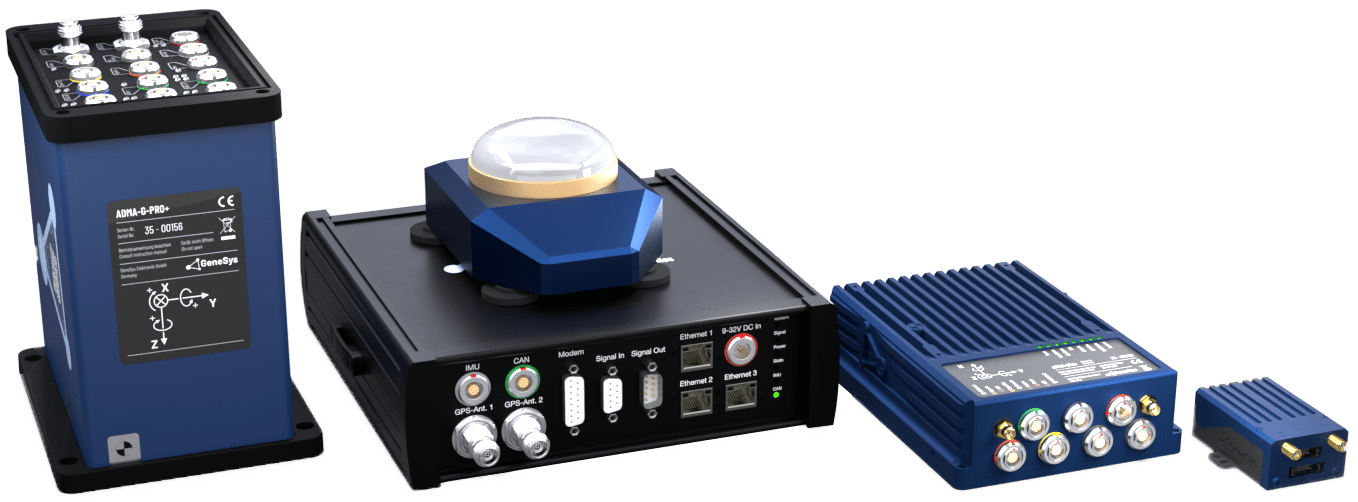Railway:
Similar to road vehicles, the inertial measurement technology plays a crucial role in various test and measurement tasks within railroad applications. Our customers commonly integrate the GNSS aided ADMA inertial system into their comprehensive measurement tool chain, which also record other variables, such as for example the position of the pantograph on the track at a certain given time.
The typical data parameters measured include acceleration, inclination, velocity, and position (trajectory) with a possible data rate resolution of up to 1000 Hz. In order to improve the measured navigation data during GNSS outages, particularly in tunnels, an odometer signal can be utilized. Additionally, we provide an offline processing software capable of processing the acquired forward-backward in time with our Kalman filter algorithm, to yield optimal position data results.
Applications
- Track Cant Measurement: Assessing the lateral inclination of the tracks.
- Track Width Measurement: Monitoring proper width of the railway tracks.
- Braking Distance Measurements: Evaluating the distance required for trains to a complete stop.
- Down coasting: train forward-Backwards moving performances when no motor traction is exercised




